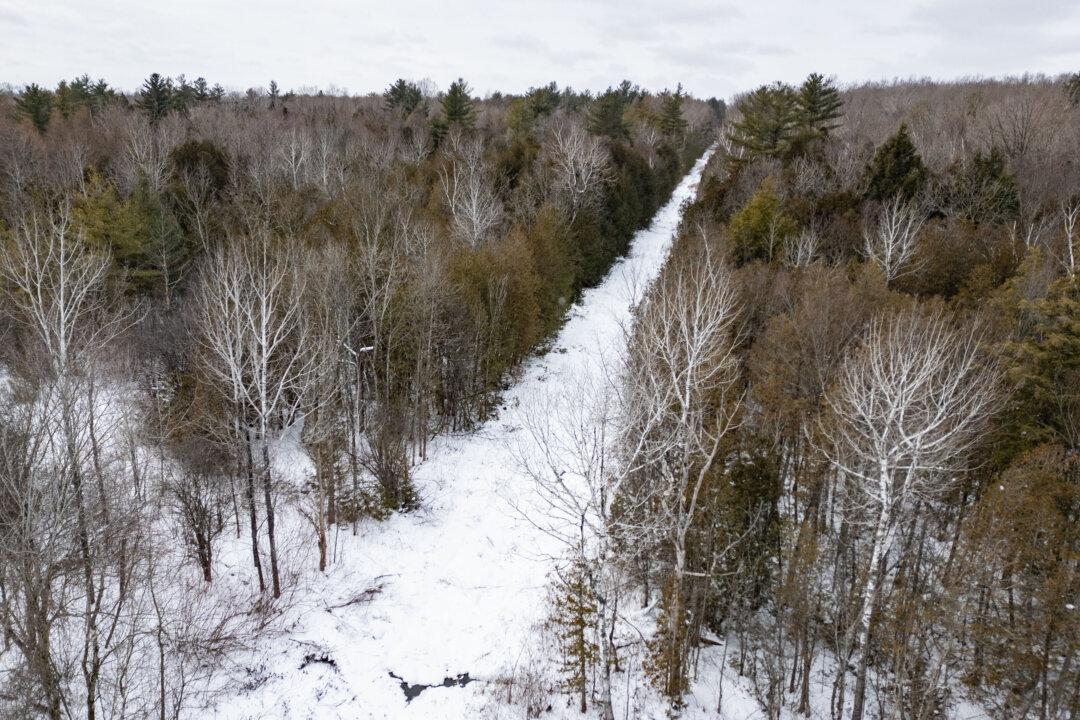The Transportation Safety Board says a small plane that crashed in northern Ontario with two fugitives on board was overweight and the pilot was not qualified to fly at night.
Police have said pilot Abhinav Handa, Hankun Hong, Gene Lahrkamp and Duncan Bailey died in the crash near Sioux Lookout after departing from Dryden, Ont.
British Columbia’s anti-gang unit has said Lahrkamp was wanted in Thailand for murdering another man with links to B.C. gangs, while court records have shown a man with the same name and age as Bailey was wanted by police for breaching bail conditions related to a separate murder plot in B.C.
The TSB says the single-engine aircraft was 170 pounds over its maximum takeoff weight when it crashed, but it does not say whether or what cargo was on board.
It also says the pilot had not logged enough night flights to carry passengers after dark, nor was he qualified to fly in weather conditions that would require navigation using an instrument because of reduced visibility.
The TSB says its investigation was conducted for the purpose of advancing transportation safety, not to assign fault or determine civil or criminal liability.
The report says the plane left Dryden’s regional airport at 9 p.m. on April 29 and was reported missing about four and a half hours later. An emergency locator transmitter activated on impact and the signal assisted search and rescue services in finding the accident site.
The plane crashed after dark, striking trees in a heavily wooded area, the report says. It was out of control when it hit the forest canopy at a 90-degree angle and came to rest about 100 feet from the first trees that it struck.
All four men were fatally injured.
“The airframe broke apart in a manner consistent with a cartwheeling motion, and both fuel cells ruptured,” it says.
Weather reports suggested broken cloud layers, light rain and fog.
No defects were identified in the aircraft and the engine was found to be operating normally, the report says.
No signs of carburetor icing were found, but the report says that could have happened under the weather conditions at the time.





